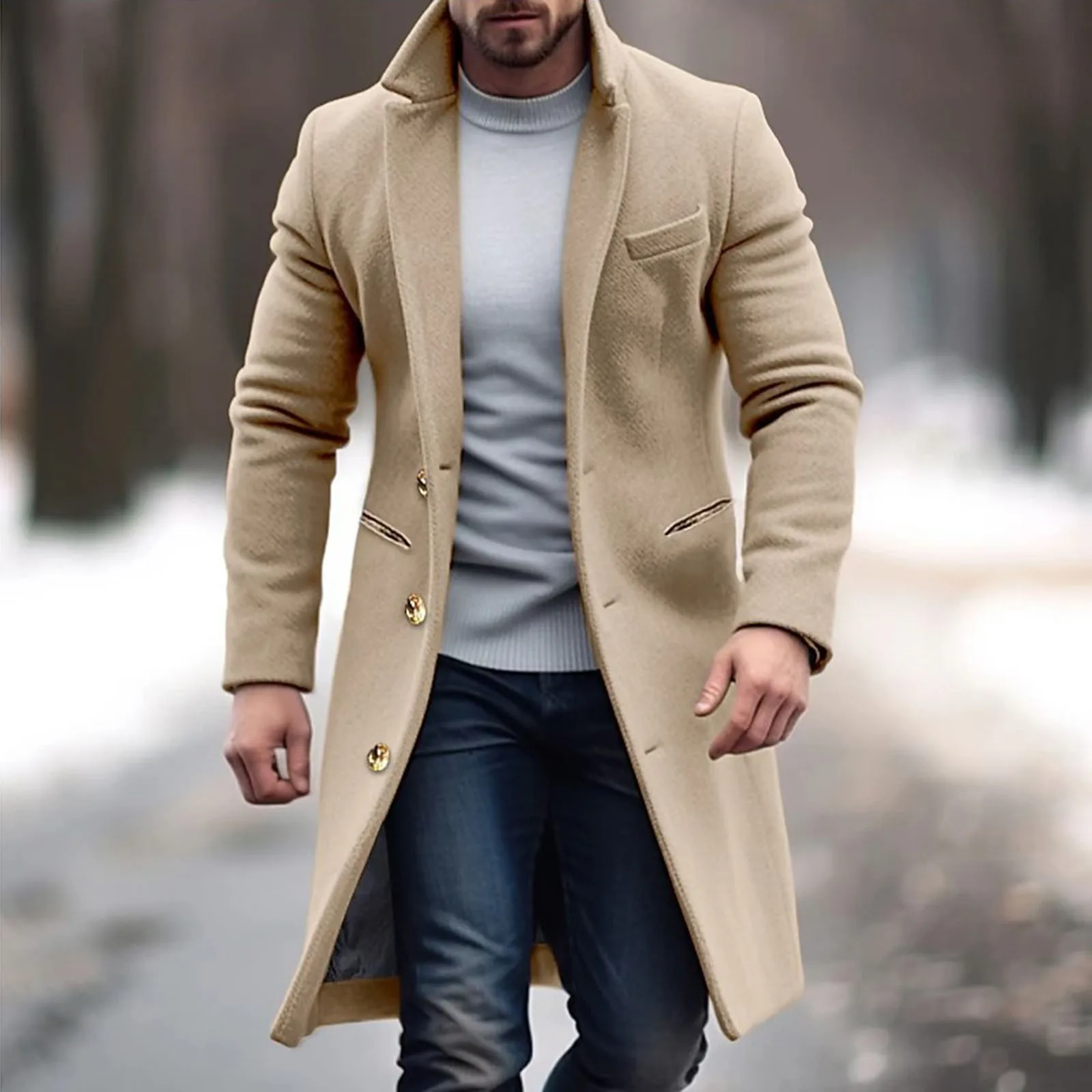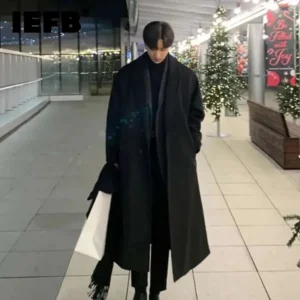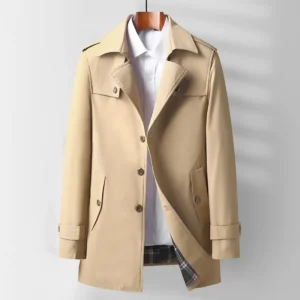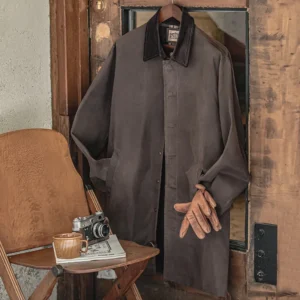The Significance of Formal Coat Etiquette in Modern Society
In today’s world of casual dress codes, understanding formal coat etiquette remains a powerful social distinction. Research shows that people form first impressions within just seven seconds of meeting someone, with appearance playing a critical role in how we’re perceived. A properly worn formal coat signals attention to detail and respect for traditions that many overlook.
Beyond mere appearance, mastering formal coat etiquette creates a psychological advantage. When wearing formal outerwear correctly, men report feeling more confident and commanding. Observers similarly rate well-dressed individuals as more competent, trustworthy, and leadership-worthy than those with minor etiquette infractions.
The rules governing formal coats weren’t arbitrarily created but evolved from practical considerations and historical significance. Understanding these principles doesn’t just prevent embarrassment—it demonstrates cultural knowledge and refinement that separates the truly sophisticated from those merely dressed in expensive clothing. The appropriate coat length establishes the foundation for proper coat etiquette, which begins with selecting the right proportions for your body type.
Types of Formal Coats and Their Appropriate Occasions
A. White Tie Attire: The Tailcoat
The tailcoat represents the pinnacle of formal dress. Characterized by a black coat with knee-length tails at the back and a sharply cut-away front, it creates a distinctive silhouette that has remained largely unchanged for centuries.
- Appropriate occasions: State dinners, royal ceremonies, opera premieres, high-society balls
- Time restrictions: Strictly evening wear, appropriate only after 6 PM
- Distinguishing features: Black barathea wool, silk-faced lapels, no buttons for closure at the front
B. Black Tie Attire: The Dinner Jacket/Tuxedo
The dinner jacket (or tuxedo in American parlance) offers slightly less formality than white tie but remains appropriate for most formal evening occasions.
- Standard variations: Peak lapel (most traditional), shawl collar (elegant alternative), notch lapel (more contemporary)
- Appropriate occasions: Formal dinners, galas, weddings with explicit black tie dress code
- Seasonal considerations: Traditional black for winter/evening, white dinner jacket acceptable for summer events or tropical locations
Selecting from quality formal dress coats ensures you’ll make the right impression at black tie events while investing in a garment that will serve you for years.
C. Morning Dress: The Cutaway Coat
Morning dress represents formal daytime attire, featuring the distinctive cutaway coat (sometimes called a morning coat).
- Structure and design: Black or gray single-breasted coat with gradually sloping cutaway front
- Appropriate occasions: Daytime formal weddings, Royal Ascot, diplomatic ceremonies
- Regional variations: More common in Britain and Commonwealth countries, less frequently required in America
D. Formal Overcoats
Formal overcoats serve as protective outer layers while maintaining the elegance of the underlying formal attire.
- Types: Chesterfield (single-breasted with velvet collar), paletot (double-breasted with peak lapels), guard’s coat (longer double-breasted style)
- Matching principles: Should be longer than the formal coat worn underneath
- Seasonal considerations: Wool or cashmere for winter, lighter gabardine for transitional seasons
For versatile options appropriate for various formal settings, explore Metro Cloak’s men’s overcoat collection featuring timeless designs crafted from premium materials.
The Art of Buttoning: Essential Rules for Every Formal Coat
A. Universal Buttoning Principles
Proper buttoning is perhaps the most visible indicator of formal coat knowledge. These universal principles apply across formal coat types:
- The standing rule: When standing, button your coat according to its specific type
- The sitting rule: Always unbutton your coat entirely when sitting to prevent pulling and maintain the garment’s shape
- The preparation rule: Button before standing and unbutton after sitting down, not while in motion
The buttoning point—where the coat fastens—should sit at the natural waist or slightly higher to create proper drape and silhouette.
B. Specific Rules by Coat Type
Each formal coat follows distinct buttoning conventions:
- Tailcoat: Traditionally worn unbuttoned at all times, as it’s designed not to close at the front
- Single-breasted dinner jacket: Button the single button (or only the top button on rare two-button models) when standing; never button the bottom button
- Double-breasted dinner jacket: Remains buttoned until removed, typically fastening only the inner button row
- Morning coat: Single button closure when standing, always unbuttoned when seated
- Formal overcoats: All buttons except bottom may be fastened outdoors, though top button alone is often sufficient indoors
For those who prefer double-breasted styles, understanding double-breasted coat buttoning rules becomes particularly important as these garments lose their elegant structure when improperly fastened.
Removal Etiquette: When and How to Take Off Your Formal Coat
A. General Principles of Coat Removal
Knowing when to keep your formal coat on and when to remove it demonstrates social awareness and etiquette mastery:
- Indoor vs. outdoor: Overcoats are removed upon entering any indoor space
- Host’s lead: In formal dining, follow the host’s example or explicit instruction
- Temperature balance: Despite discomfort, formal coats generally remain on during ceremonial portions of events
B. Situation-Specific Guidelines
- Formal dinners and banquets: Keep dinner jackets/tailcoats on throughout the meal unless explicitly invited to remove them
- Ceremonial events: Removal rarely appropriate during ceremonies, speeches, or formal photographs
- Extended social gatherings: Rules may relax as evening progresses, particularly during dancing
C. Proper Removal Technique and Storage
When removal is appropriate, the technique matters:
- Unbutton completely before attempting removal
- Gently grasp both lapels and ease the coat back off the shoulders
- Avoid pulling from the sleeves, which can distort the garment
- Use coat check services when available
- In less formal settings, drape carefully over a chair back or fold lightly over your arm
Understanding the perfect coat length for your height ensures proper fit and makes removal more graceful, as poorly proportioned coats often bunch awkwardly during the removal process.
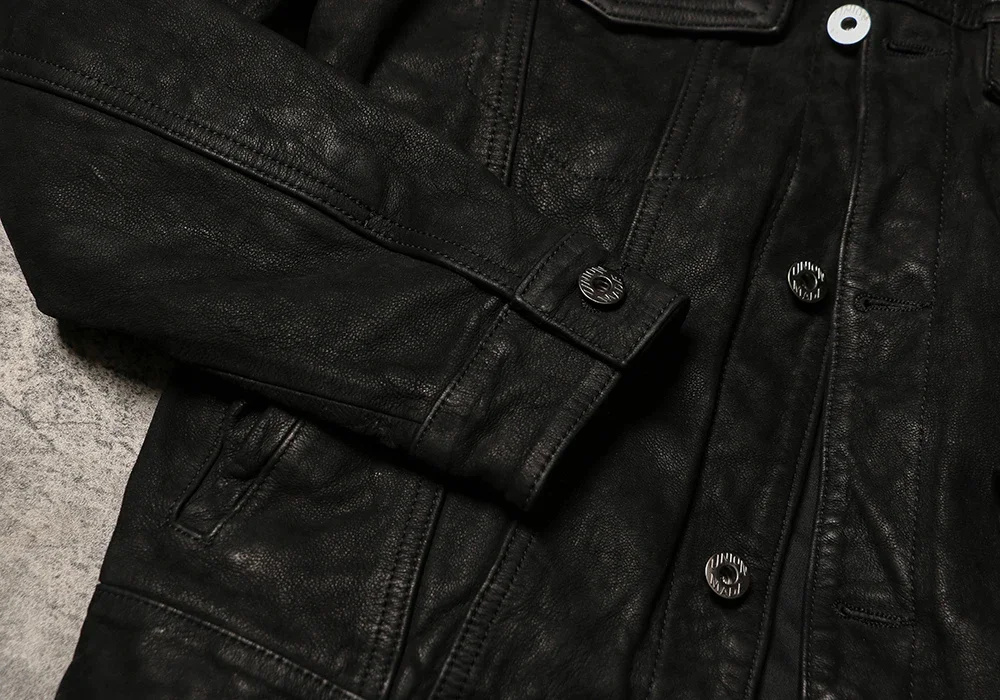
The Perfect Fit: Ensuring Impeccable Presentation
A. Essential Fit Points for Formal Coats
A properly fitting formal coat serves as the foundation of elegant presentation. Check these critical fit points:
- Shoulder alignment: The shoulder seam should end precisely at your shoulder bone—not beyond or before
- Sleeve length: Jacket sleeves should reveal ¼ to ½ inch of shirt cuff when arms hang naturally
- Body length: Tailcoats extend to the bend of the knee; dinner jackets should cover the seat completely
- Collar positioning: The coat collar should rest smoothly against the shirt collar with no gap or bunching
B. The Role of Professional Tailoring
Off-the-rack formal coats rarely fit perfectly without alterations. Professional tailoring makes the difference between merely acceptable and truly distinguished appearance:
- Essential measurements: Chest, waist, shoulders, sleeve length, and back length should be precisely measured
- Timeline considerations: Schedule alterations at least two weeks before any major event
- Alteration limits: Understand that certain structural elements (shoulder width, armholes) have limited adjustment potential
For comprehensive guidance on how different coat styles should fall on the body, Metro Cloak’s men’s coat length guide provides detailed information about ideal proportions based on height and body type.
Accessorizing Formal Coats: Harmonizing the Complete Ensemble
A. Waistcoats and Cummerbunds
These waist coverings serve both practical and aesthetic purposes:
- White tie: Requires a low-cut white piqué (marcella) waistcoat with three buttons
- Black tie: Offers options of either a black cummerbund (pleats facing upward to hold small items) or a low-cut formal waistcoat (black, matching the jacket)
- Morning dress: Features a single or double-breasted waistcoat in gray, buff, or occasionally pastel shades
B. Shirts and Collars
The foundation of formal ensembles requires specific detailing:
- White tie shirts: Feature stiff piqué fronts with detachable wing collars and single cuffs for cufflinks
- Black tie shirts: Present pleated or piqué fronts with either turndown collars (more modern) or wing collars (more traditional)
- Morning dress shirts: Often white with turndown collars, though light colors or subtle patterns may be acceptable
C. Neckwear Rules
- White tie: Hand-tied white bow tie in piqué cotton matching the waistcoat
- Black tie: Hand-tied black silk bow tie matching the lapel facing
- Morning dress: Silver, gray, or pastel neckties or occasionally an ascot (cravat)
D. Additional Accessories
- Pocket squares: White linen for highest formality (presidential fold), silk with subtle patterns for less formal occasions
- Timepieces: Traditional pocket watches for white tie, thin dress watches for black tie (ideally concealed by sleeve)
- Outerwear coordination: White dress scarves with black or navy formal overcoats, matching dress gloves
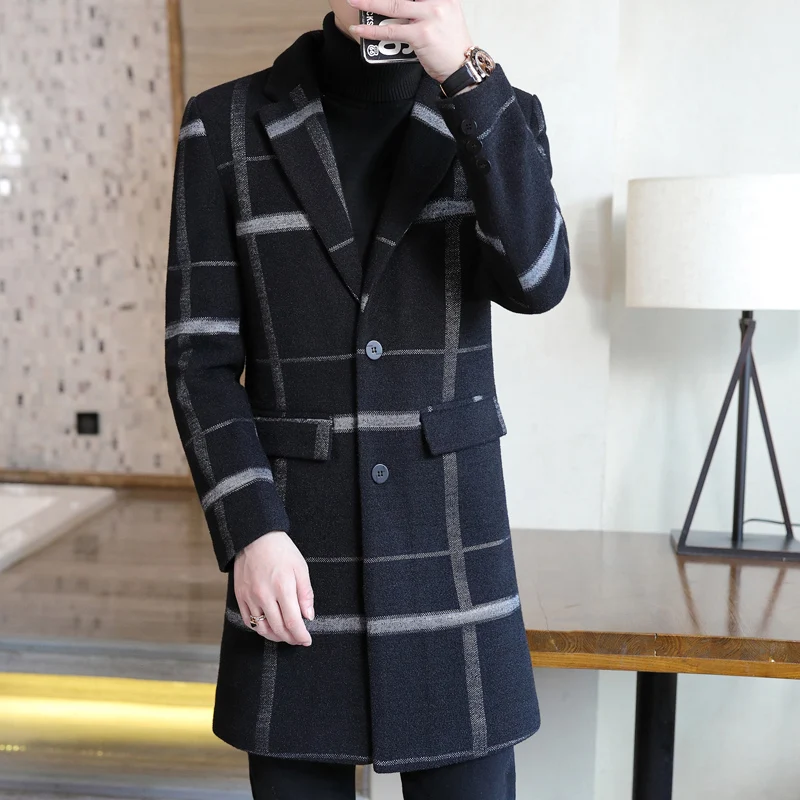
When selecting outerwear to complement formal attire, wool overcoats offer ideal weight and drape to protect evening clothes without compromising elegance.
Mens Cashmere Overcoat, Mens Hooded Winter Coat, Mens Wool Blend Coat
Price range: $128.72 through $139.68 Select options This product has multiple variants. The options may be chosen on the product pageMens Black Overcoat, Mens Black Wool Coat, Mens Wool Overcoat
$339.18 Select options This product has multiple variants. The options may be chosen on the product pageMens Grey Overcoat, Mens Wool Blend Coat, Mens Wool Overcoat
$201.28 Select options This product has multiple variants. The options may be chosen on the product pageMens Herringbone Coat, Mens Long Overcoat, Mens Wool Overcoat
Price range: $197.16 through $203.69 Select options This product has multiple variants. The options may be chosen on the product pageMens Long Overcoat, Mens Topcoats
Price range: $189.40 through $196.88 Select options This product has multiple variants. The options may be chosen on the product pageMens Long Overcoat, Mens Tweed Coat
Price range: $397.49 through $409.96 Select options This product has multiple variants. The options may be chosen on the product page
Seasonal and Regional Adaptations While Maintaining Decorum
A. Warm Weather Adaptations
Maintaining formal standards in hot weather requires thoughtful adaptations:
- Fabric substitutions: Tropical weight wool (7-9 oz) maintains structure while offering breathability
- White dinner jacket protocol: Acceptable after Memorial Day until Labor Day in America, and year-round in tropical locations
- Layer management: Arriving fully dressed but removing overcoats immediately helps manage temperature transitions
B. Cold Weather Considerations
Cold climates permit additional accessories while maintaining formality:
- Formal overcoat integration: Floor-length guard’s coats or knee-length Chesterfields pair effectively with white and black tie
- Acceptable accessories: White or cream cashmere scarves, leather dress gloves, and formal hats (homburg or fedora)
- Indoor transitions: Remove and check overcoats, scarves, and gloves immediately upon arrival
When coordinating formal wear across seasons, understanding how to style formal coats with suits ensures you maintain appropriate proportions and complement your underlying attire regardless of temperature.
Common Formal Coat Mistakes and How to Avoid Them
A. Style Errors
Avoid these common formal coat missteps:
- Incorrect coat selection: Wearing business suits or sports coats when formal coats are required
- Improper proportions: Sleeves too long, coat bodies too short, or shoulders too wide
- Rental fit issues: Accepting poorly fitting rental garments without alterations
B. Handling Mistakes
These practical errors immediately signal inexperience:
- Keeping vents tacked: Leaving the factory stitching on coat vents (the small X-shaped thread)
- Visible labels: Leaving designer labels on sleeve cuffs
- Pocket bulges: Stuffing wallets, phones, or programs into coat pockets, disrupting the clean lines
C. Accessorizing Missteps
Accessories can undermine an otherwise perfect presentation:
- Incorrect supporting garments: Wearing belts instead of braces (suspenders) with formal trousers
- Pre-tied accessories: Using clip-on bow ties or pre-folded pocket squares
- Mismatched formality: Pairing informal shoes (loafers, casual oxfords) with formal coats
For a timeless choice that helps avoid common mistakes, a classic black overcoat offers versatile formality that complements virtually any formal ensemble.
Practical Checklist: Ensuring Flawless Formal Coat Presentation
A. One Week Before
Prepare in advance to avoid last-minute complications:
- [ ] Confirm exact dress code requirements for the event
- [ ] Schedule professional pressing and cleaning if needed
- [ ] Verify all accessories are clean and in good condition
- [ ] Check formal shirt for proper fit and cleanliness
- [ ] Ensure formal shoes are polished and in excellent repair
B. Day of Event
Follow this sequence for optimal presentation:
- [ ] Shower before dressing to prevent perspiration stains
- [ ] Dress in proper order: shirt, trousers, braces, waistcoat/cummerbund, tie, then coat
- [ ] Check fit in a full-length mirror from all angles
- [ ] Ensure pocket square is properly positioned
- [ ] Transport in garment bag if traveling to event location
- [ ] Upon arrival, check overcoat and confirm inner coat is properly buttoned
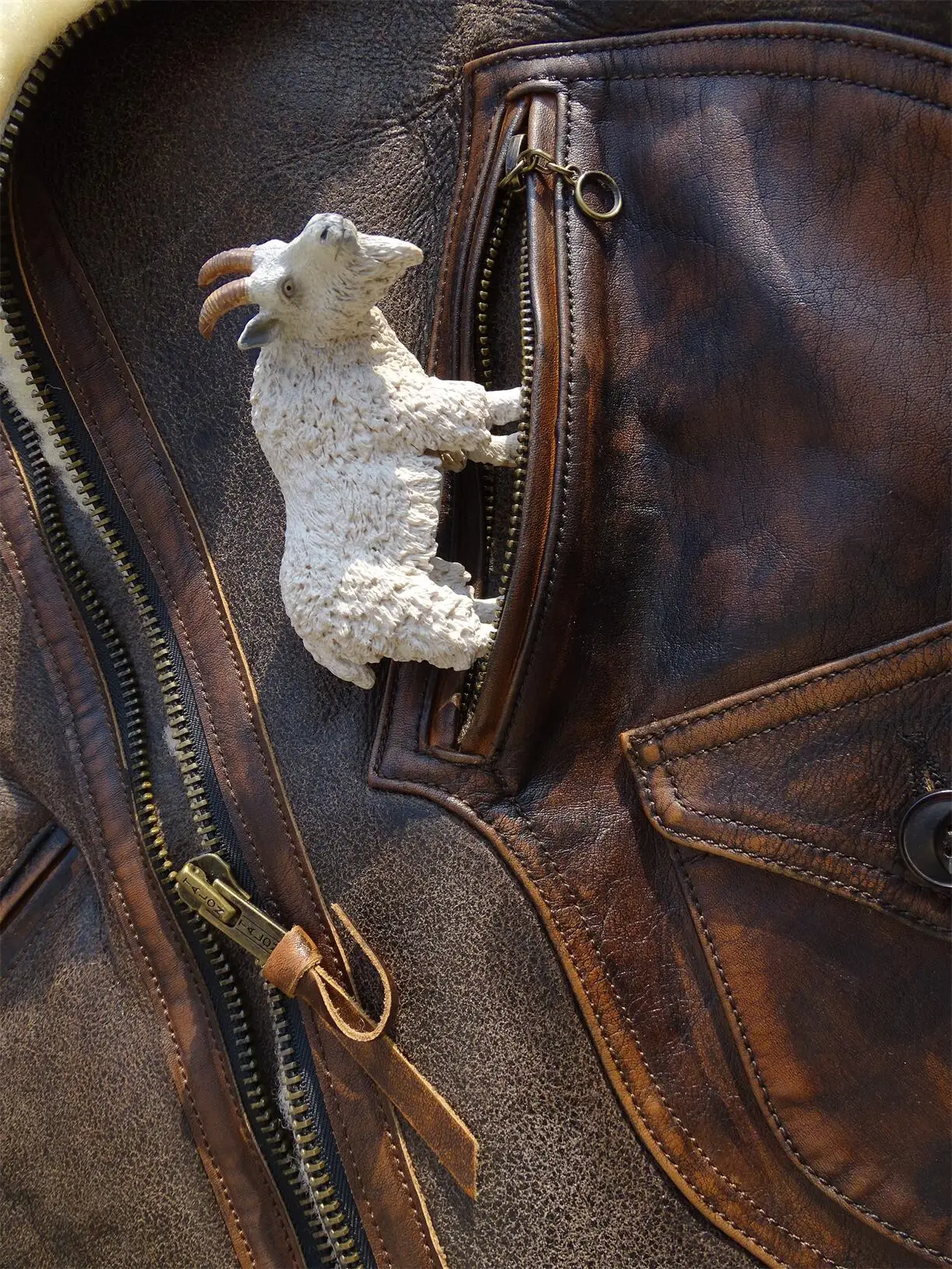
Is Formal Coat Etiquette Becoming Obsolete?
In our increasingly casual society, some question whether formal coat rules remain relevant. The evidence suggests these traditions still hold significant value:
Q: Do people still care about formal coat etiquette?
A: Absolutely. In professional and ceremonial contexts, proper formal wear remains a mark of respect and social awareness. Those who master these details are consistently rated as more prepared and attentive.
Q: When can rules be relaxed?
A: Context determines flexibility. Creative black tie events permit some innovation, while diplomatic, royal, or military occasions demand strict adherence to tradition.
Q: Is it worth learning these rules if I rarely attend formal events?
A: Yes—understanding formal coat etiquette provides confidence when those rare occasions arise. Additionally, many principles (proper fit, appropriate buttoning) transfer to business and smart-casual attire.
Formal Coat Care: Preserving Your Investment
A. Between-Wear Storage
Proper storage significantly extends the life of formal coats:
- Use wide, shaped wooden hangers that support the shoulders
- Allow 24 hours of hanging time after wear before storing
- Cover with breathable garment bags, avoiding plastic which traps moisture
- Store in cool, dry spaces away from direct sunlight
- Insert cedar blocks rather than mothballs for natural protection
B. Maintenance Schedule
Follow these care guidelines to maintain your formal coat’s appearance:
- Dry clean only when necessary (typically 1-2 times per year)
- Spot clean minor marks promptly with appropriate products
- Brush after each wearing with a proper clothes brush
- Steam rather than iron to remove minor wrinkles
- Address loose buttons or minor damage immediately before wearing again
For those investing in premium outerwear, understanding long-term leather coat storage techniques helps preserve these garments, while exploring Metro Cloak’s cashmere overcoat collection provides options that combine luxury with lasting quality when properly maintained.
By mastering these formal coat etiquette rules, you’ll navigate any dressy occasion with confidence and distinction, demonstrating attention to detail that sets you apart as truly sophisticated rather than merely well-dressed.

